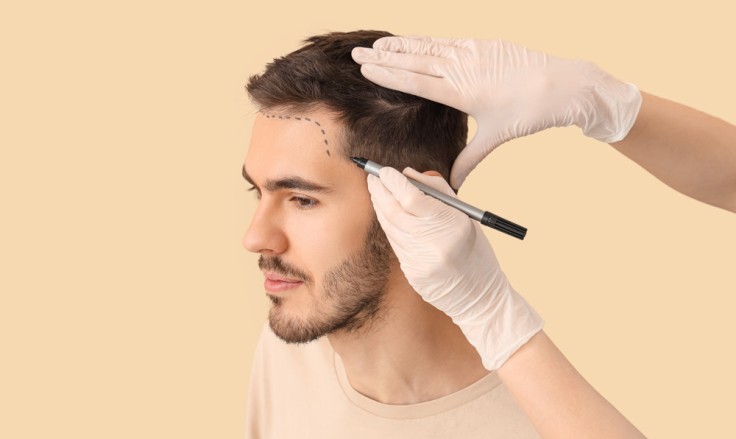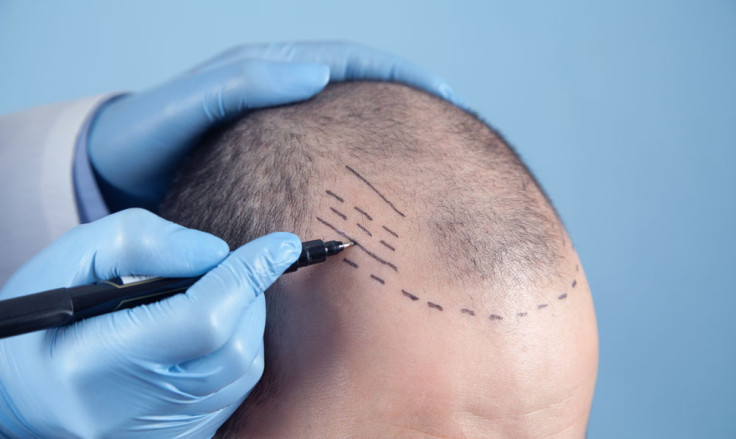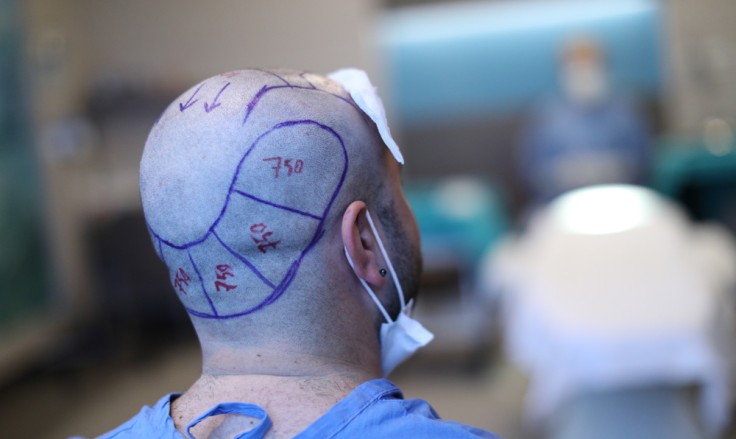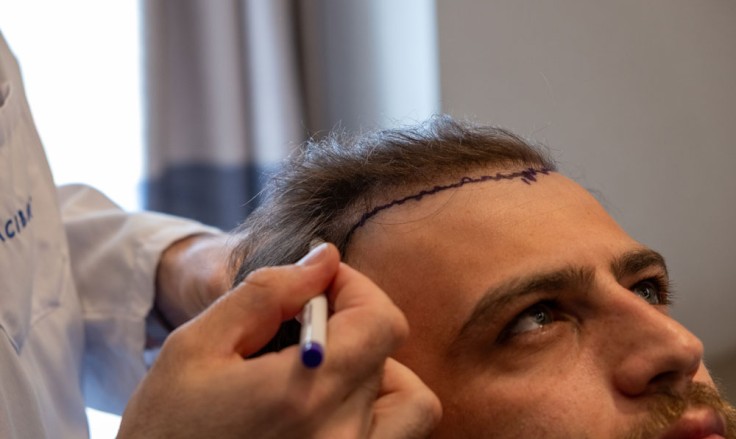Hair Transplant Myths vs. Facts: What You Need to Know
Introduction
Hair transplant is a procedure that has attracted both enthusiasm and skepticism over the years. Many individuals are bombarded with a plethora of myths, and it can be challenging to discern fact from fiction. In truth, reliable information is essential when considering this form of hair restoration. Equally important, understanding the realities can help set realistic expectations and ensure a successful outcome. In this article, we explore common hair transplant myths versus facts, offering expert insights and practical advice that you need to know.
Common Myths About Hair Transplants
Several myths persist about hair transplants, often causing confusion among prospective patients.
Myth 1: Hair transplant results are unnatural.
Many believe that transplanted hair looks fake; however, modern techniques produce natural-looking outcomes.
Myth 2: The procedure is extremely painful.
Although some discomfort may occur, local anaesthesia minimises pain during the surgery.
Myth 3: Hair transplants work only for men.
In fact, women suffering from hair loss can also benefit from hair transplant, provided they are good candidates.
Myth 4: All hair transplant procedures are the same.
To illustrate, there are various methods available, each suited to different types of hair loss.
Myth 5: Recovery takes forever.
Although recovery varies, many patients resume normal activities within a few days.
By addressing these common misconceptions, you can gain a clearer picture of what to expect from the procedure.

Facts About Hair Transplant
In contrast to the myths, numerous facts about hair transplants have been proven by experts.
Fact 1: Advanced Techniques Deliver Natural Results.
Thanks to innovations such as FUE (Follicular Unit Extraction), the outcome is natural and long-lasting.
Fact 2: Minimal Pain and Efficient Recovery.
Typically, the procedure is performed under local anaesthesia, and most patients experience only mild discomfort.
Fact 3: Suitable for Both Genders.
In addition, many women benefit from hair transplant procedures, especially when other treatments have not yielded desired results.
Fact 4: Customised Procedures Based on Individual Needs.
In other words, your surgeon will tailor the technique to match your specific issue.
Fact 5: Results Improve Over Time.
Initially, transplanted hair may be fine, but it thickens and strengthens as it grows. This confirms the long-term effectiveness of the treatment.
Overall, these facts demonstrate that hair transplant is a well-established, effective method for restoring hair in a natural and aesthetically pleasing manner.
Benefits and Considerations
It is also important to weigh the benefits and considerations of a hair transplant before making a decision.
Benefits:
- Improved Appearance: Enhanced hair density can dramatically boost self-confidence.
- Long-Lasting Results: With proper care, the results are durable and progressive over time.
- Customised Solutions: Modern techniques allow for personalised treatment plans.
Considerations:
- Cost and Investment: A hair transplant is a significant investment, so evaluating the cost versus benefits is crucial.
- Time and Commitment: The procedure requires a commitment to post-operative care and realistic expectations about growth timelines.
- Consultation: Always seek professional advice to determine if you are a suitable candidate.
Moreover, it is advisable to gather as much information as possible and consult with experienced practitioners before proceeding with a hair transplant.
Aftercare and Maintenance
Following a hair transplant, diligent aftercare is paramount.
Follow Medical Advice:
Firstly, adhere strictly to your surgeon’s instructions regarding washing, medication, and activity limitations.
Regular Follow-Ups:
Additionally, attend scheduled appointments to monitor your progress and address any issues.
Healthy Lifestyle:
Equally, maintain a nutritious diet and healthy habits to promote optimal hair growth.
By integrating these aftercare practices into your routine, you ensure that the benefits of your hair transplant are maximised.
Conclusion
In summary, dispelling the myths surrounding hair transplant is essential for making an informed decision about hair restoration. Initially, many misconceptions persist; however, facts validated by modern techniques and expert advice confirm that hair transplant is both effective and natural. Not only does it offer long-lasting results, it’s also suitable for both men and women. Consequently, comprehensive consultation and proper aftercare are key to achieving the best outcomes. Ultimately, understanding the truth behind hair transplant empowers you to approach the procedure with confidence.
For more information and to book a consultation visit the ACIBADEM Beauty Center website.




